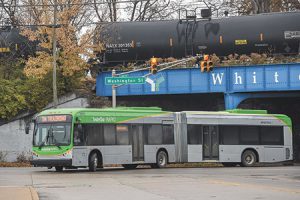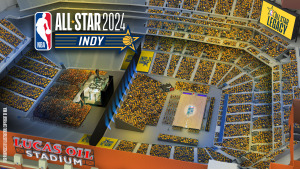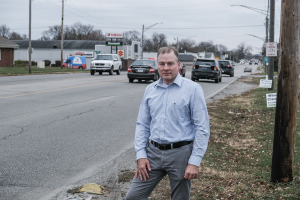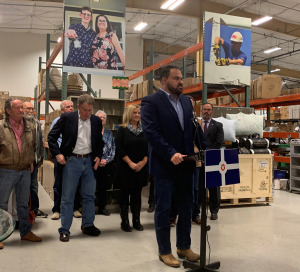
IndyGo breaks ground on long-awaited Blue Line, slated for 2028 completion
The Blue Line, IndyGo’s third rapid-transit bus line, will run 24 miles east and west along Washington Street, connecting the Indianapolis International Airport on the city’s west side to Cumberland on the east side.













